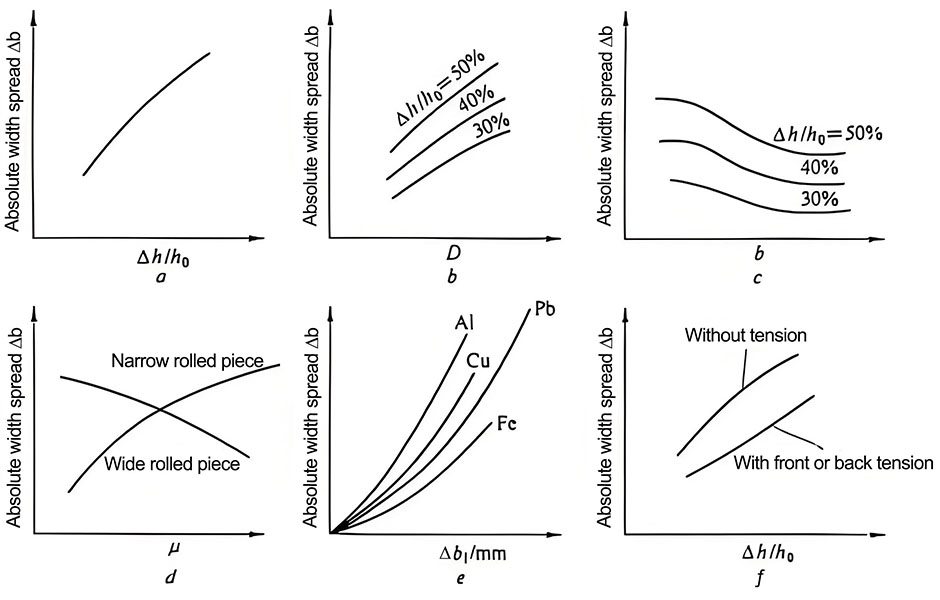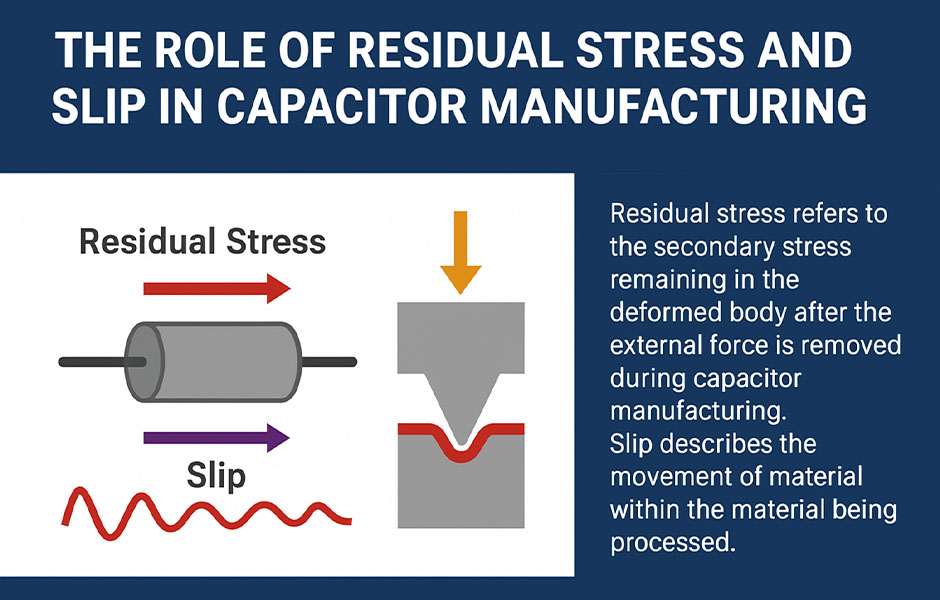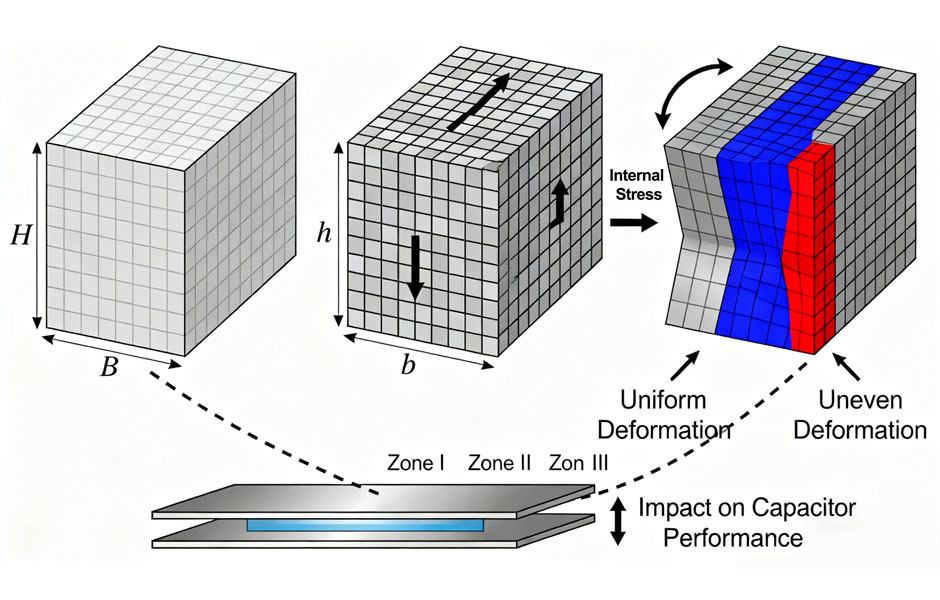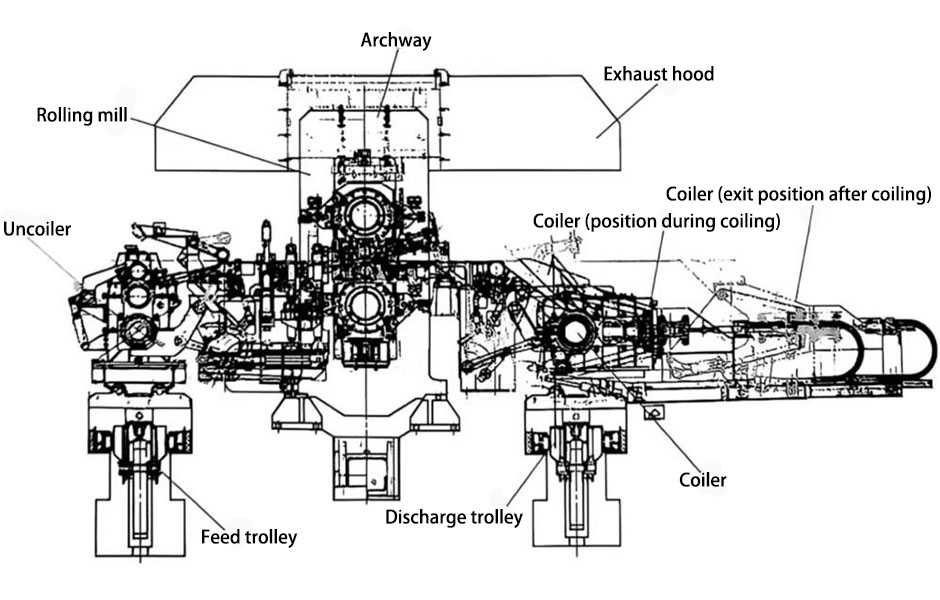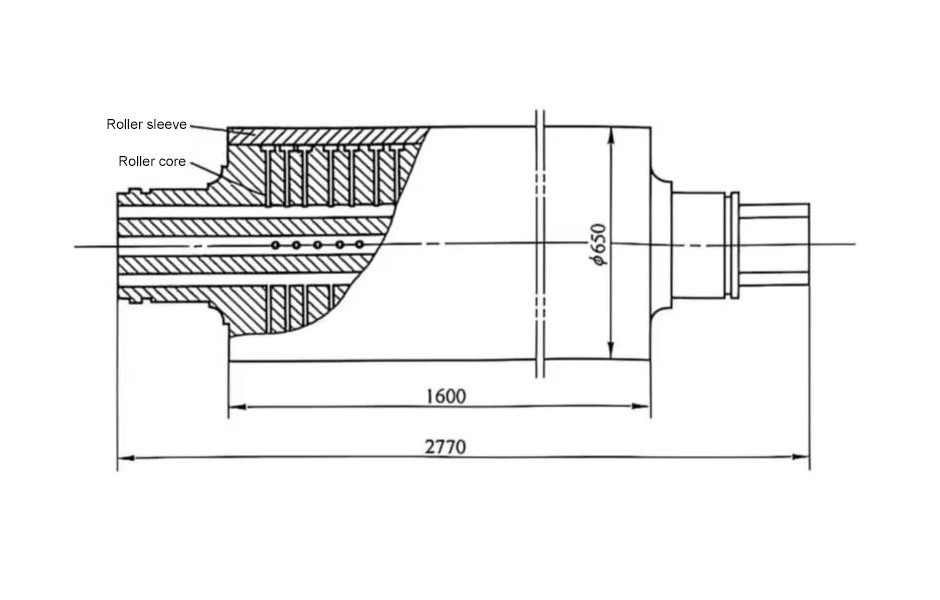Five precautions for replacing capacitors
Fixed capacitors are prone to failure phenomena such as leakage, short circuit, open circuit, poor contact of the internal leads of the capacitor (the pole piece and the lead connection), etc. Especially electrolytic capacitors have a much higher failure rate than other types of capacitors. The frequent failure phenomena of electrolytic capacitors include leakage, capacity reduction, breakdown, and electrolyte leakage. After the capacitor is damaged, the original model should be used. However, there are many types of capacitors. If there is no one of the same type, it should be substituted. The precautions for substitution are as follows:
1. The nominal value of the substitute capacitor can float by ±10% on the basis of the nominal value of the original capacitor. For power supply filter capacitors, bypass capacitors, etc., the floating range can be larger, but for capacitors in some circuits The original nominal value must be used when replacing, otherwise it will cause the circuit to malfunction. For example, capacitors in resonant circuits and time constant circuits must be replaced with the original nominal values. Another example is the coupling capacitor between the TV’s video amplifier and the cathode of the picture tube. After the capacitor is damaged, it must be replaced with the original nominal value, otherwise the image quality will be affected.
2. The rated voltage of the substitute capacitor must be greater than or equal to the rated voltage of the original capacitor, or greater than the working voltage of the actual circuit.
3. The frequency characteristics of the substitute capacitor must meet the frequency requirements of the actual circuit, or use a capacitor with high frequency characteristics to replace a capacitor with low frequency characteristics.
4. Mica capacitors and ceramic capacitors can be replaced with paper capacitors. Porcelain dielectric capacitors can replace mica capacitors and glass glaze capacitors. Tantalum electrolytic capacitors can be substituted for aluminum electrolytic capacitors.
5. When there is no suitable capacitor to replace, the series and parallel of capacitors can be used to obtain suitable capacitance. If the withstand voltage value of the capacitor is not enough, the method of series connection can also be used to increase the withstand voltage value. If the circuit requires a capacitor with a withstand voltage of 25V or more and a capacitance of 500uf. There are only 1000uf/16V capacitors, and two 1000uf/16V capacitors can be connected in series. After connecting in series, an equivalent capacitor with a withstand voltage of 32V and a capacitance of 500uf can be obtained.Five precautions for replacing capacitors
